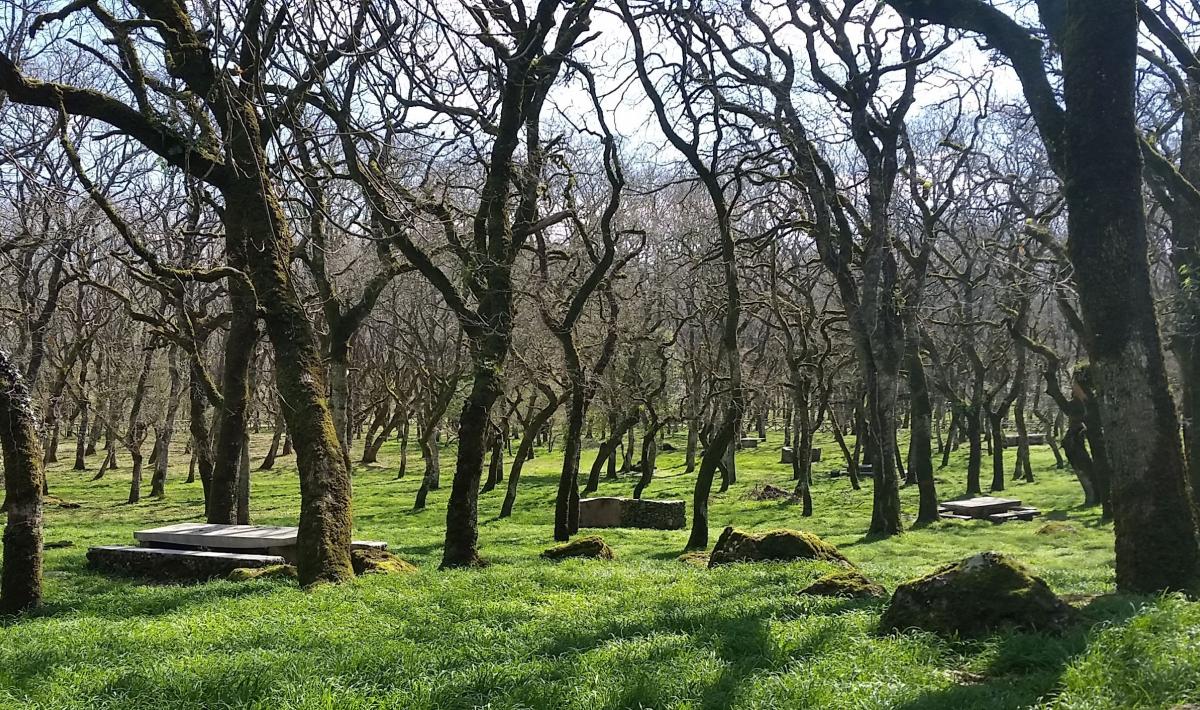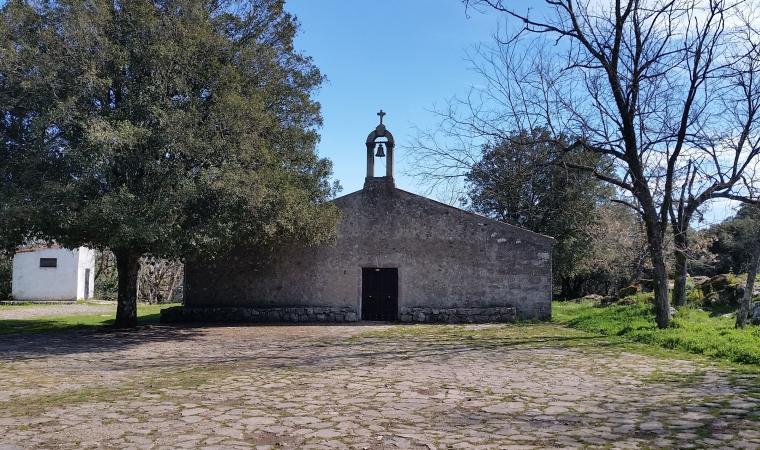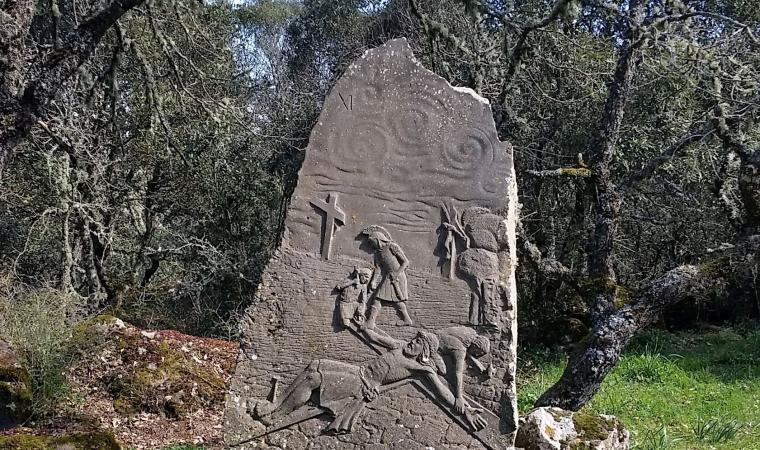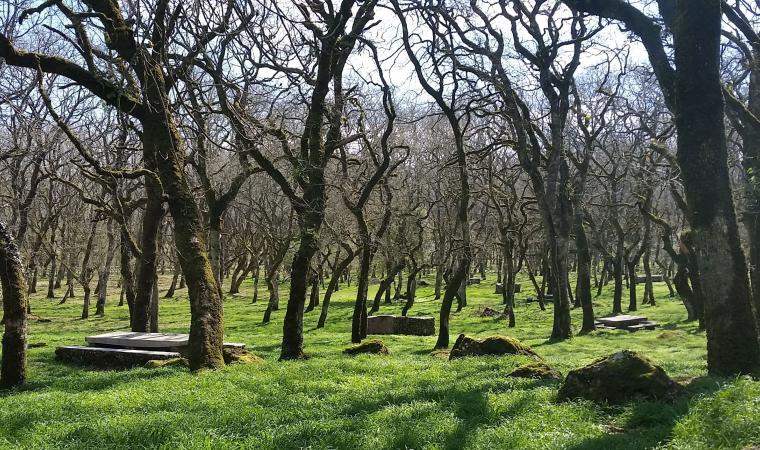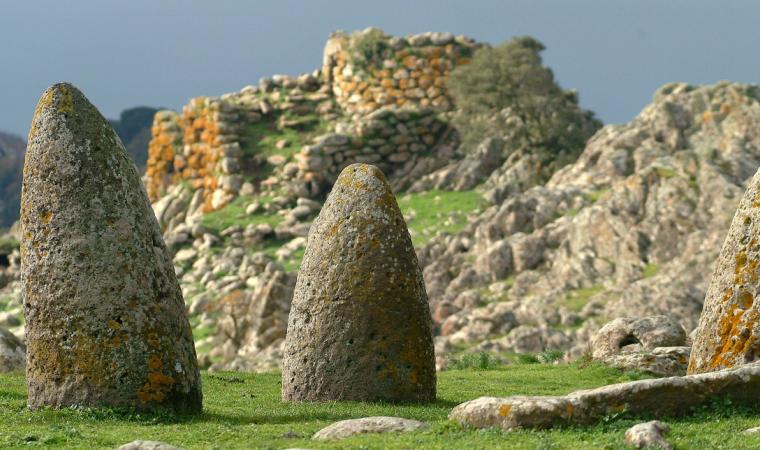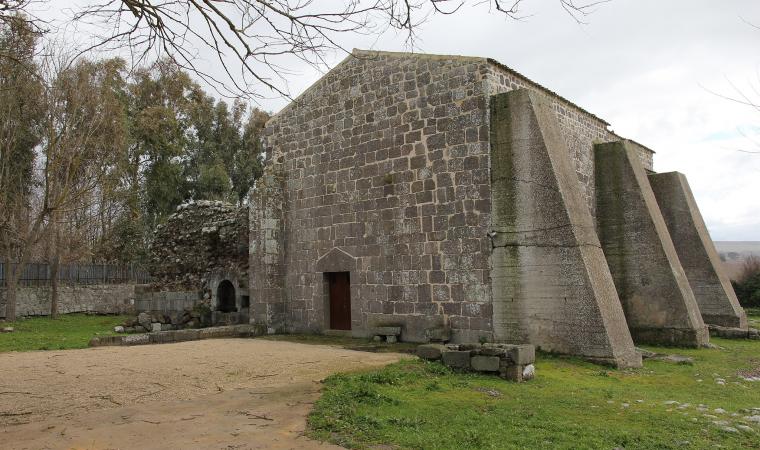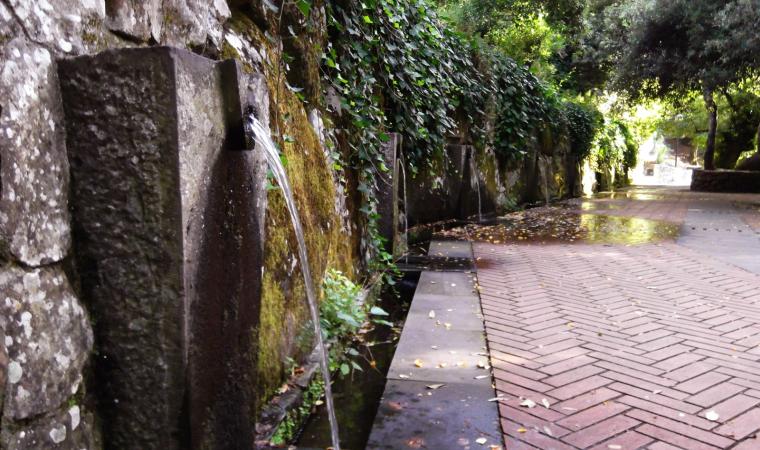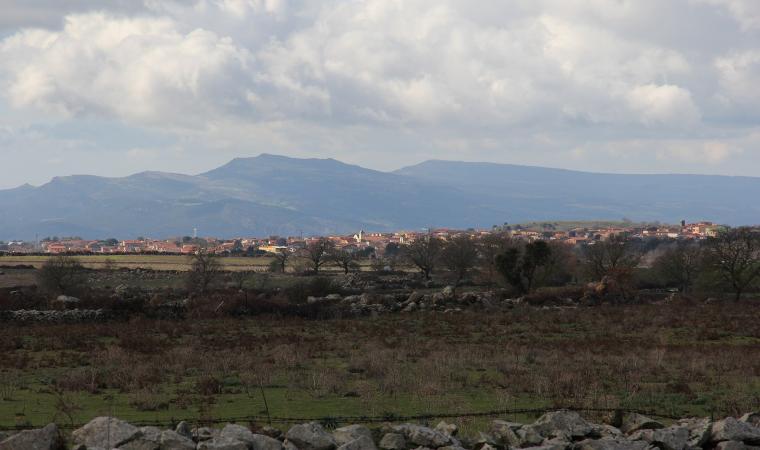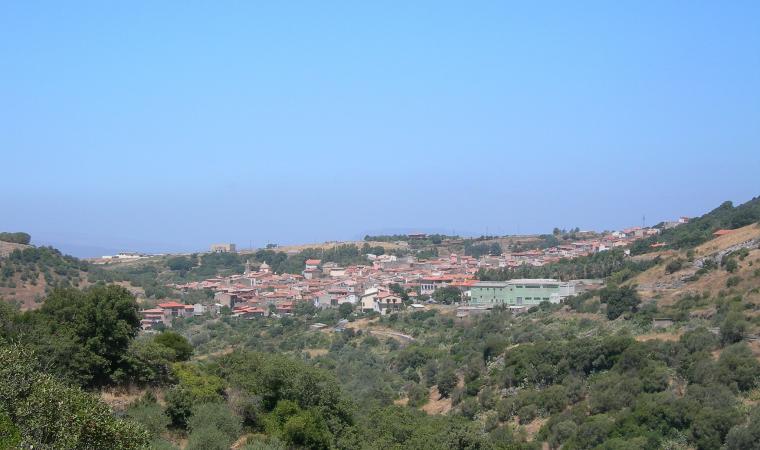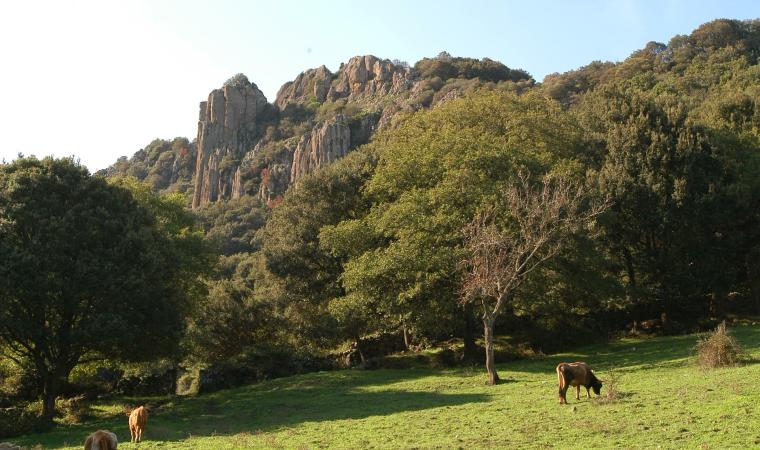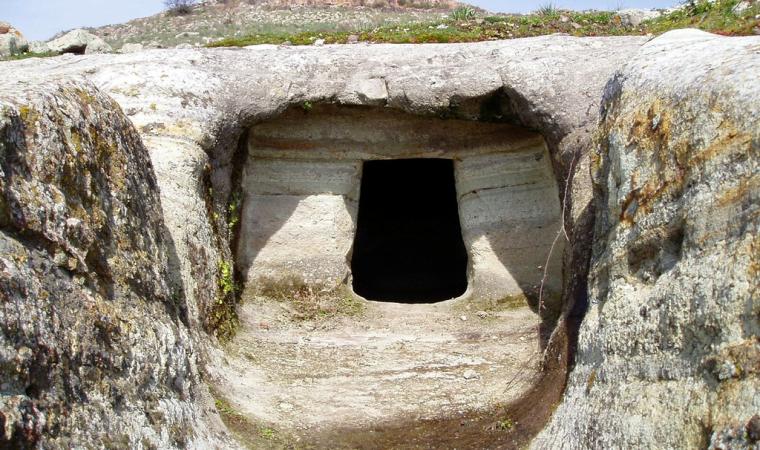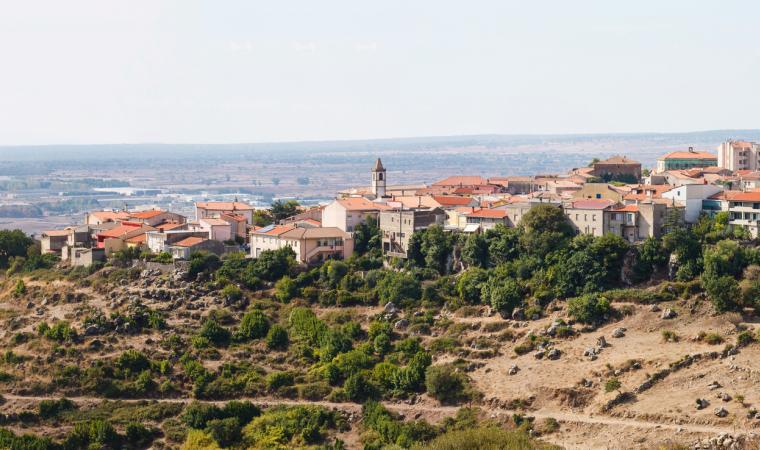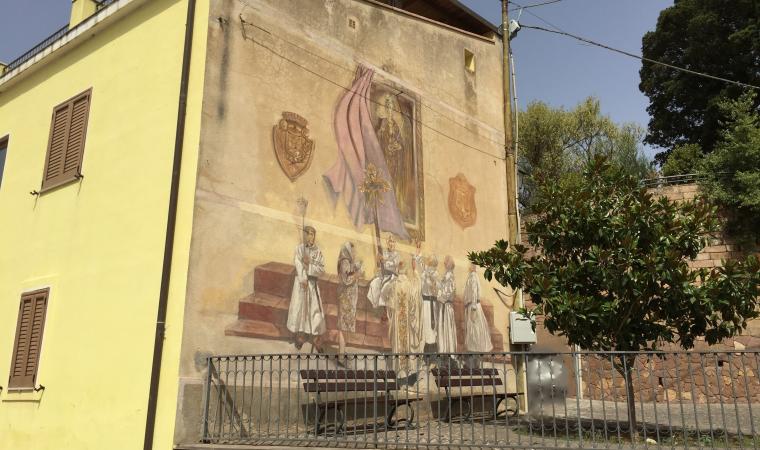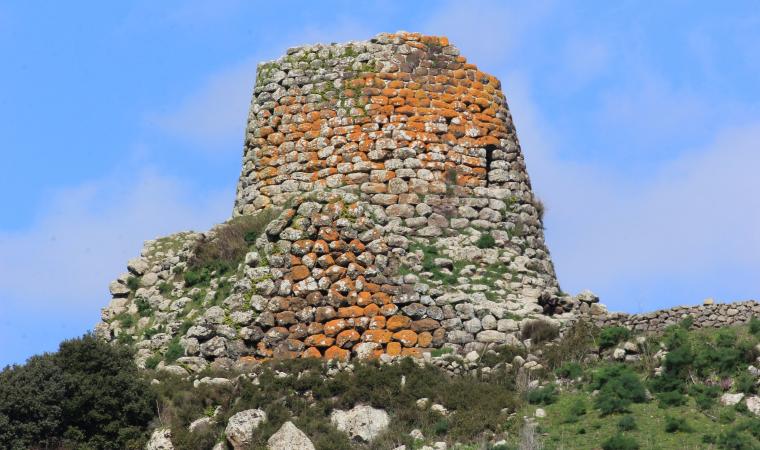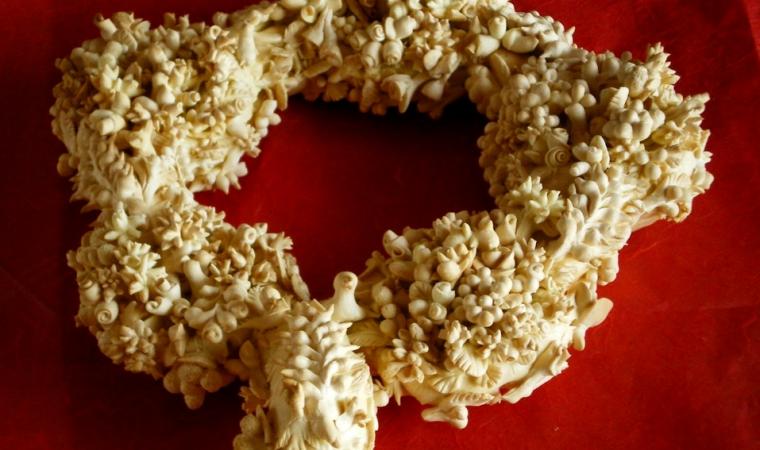At first glance, you will be struck by the fairy-tale atmosphere of the forest, equipped with a convenient picnic area. Then, going up along the path, first you’ll see a small church appear with a spectacular open-air altar next to it, then you’ll see a nuraghe, more hidden by the surrounding vegetation. All this is found inside the Monte Sant’Antonio Park, a small oasis just eight kilometres from Macomer. The origin of the elevation is volcanic and it has an altitude of about 800 metres. On its slopes, there is a green area of 277 hectares, mainly made up of downy oaks, but you will also see cork oak groves and reforestation of holm oaks and chestnut trees, where wild rabbits, Sardinian hares, foxes, wild boars and martens roam.
The forest is crossed by paths ideal for hiking trips and it also contains an area equipped with tables with barbecue facilities next to them. Continuing south, you will reach the top of the mountain, where a country church dedicated to Saint Anthony of Padua stands. The the sanctuary was built by a married couple from Macomer and the building work began in 1644. It is the site of a heartfelt celebration organised every year by a committee made up of forty-year-old fedales. Around the church, you will notice a series of engravings on stone slabs depicting scenes of the via crucis (way of the cross), while an altar stands out, over a small staircase, above which there is a majestic statue of the Virgin Mary with child, positioned behind it.
On 12 June, the citizens of Macomer accompany the wooden simulacrum of the saint from the Parish Church of San Pantaleo to the country church, on a journey of thirteen kilometres. The following day, the real celebration takes place, with songs, shows, banquets and stalls, where you can taste typical local products. On 14 June, the statue returns to Macomer, accompanied by horsemen and riflemen in costume.
The surprises don’t end here: to the west, a small path through the vegetation will take you to the single-tower nuraghe of Sant’Antonio, with an elliptical-shaped room and a tholos roof. From the top, you can admire a splendid panorama that includes not only the forest below but also a view of Montiferru and Planargia, up to the Abbasanta plateau and the Gennargentu mountains.
Your archaeological tour of Macomer continues as you move a few kilometres further on to the Park of Tamuli. Here, in addition to the complex nuraghe and the surrounding village, you will see three Giants’ Tombs, almost aligned - perhaps oriented according to the movement of the sun during the day - and near which there are six mysterious anthropomorphic baetyls, positioned in two groups: the first depicting the male element, the second with the baetyls decorated with breast-like shapes, representing the female element, the origin of life.

